Not a drop of rain the entire month of August and we were parched, ready to crack into a million jagged pieces. We went to the garden party looking for something to slake the thirst—at the least a change in scenery. We’d been promised butterflies, and music—the event was called “Monarchs and Music,” after all. But when we arrived at the historic Craik-Patton House and strolled the lovely parterre garden with its neatly trimmed boxwoods hugging a multitude of lantana blooms, not a single butterfly appeared.
A band played in the garden and other musicians were invited to join in, but I was there for the monarchs. Well, the monarchs and poetry. I’d emailed the museum’s executive director, Nathan Jones, when I’d heard about “Monarchs and Music,” and told him about Tweetspeak Poetry’s Year of the Monarch project, including a link to one of my posts on the topic.
Nathan’s generous response came promptly. How would I like to tell the audience about the Year of the Monarch project and then share one of my poems? “Would you like to speak for the butterflies?” he asked.
Of course I was thrilled to say yes. And that was how we ended up at a garden party when the thermometer read 101°F in the shade of the magnolia trees surrounding the property.
I wonder if the Reverend Craik ever had such a hot day when he lived here? I mused to myself.
I had recently come to speaking terms with Reverend James Craik, the builder of this historic house and one-half of its namesake (read about the “Patton” half here). And by “speaking terms” I mean, I did all the talking to this man who died in 1882. I had never been to the Craik-Patton House before, so in preparation for my poetry reading, I familiarized myself with its illustrious history. In response to the stories I encountered, my imagination began to take a slow walk around the garden.
The Craik family was closely affiliated with George Washington. James Craik’s grandfather, Dr. James Craik, was Washington’s personal physician and his father, George Washington Craik, served as his secretary during his second term in office. The family’s close association with Washington is evident throughout the Craik-Patton House, most notably in a collection of original etchings that depict various events in Washington’s life on display in the conference room.
When James Craik built the house he called “Elm Grove,” he was a prominent attorney in the Charleston, WV area; but he eventually left his law practice to pursue ministry. He became the rector of St. John’s Episcopal Church, one of the first churches established in Charleston. As I read the Reverend Craik’s story, I found myself curious about his decision to change careers and how it impacted his life. Was ministry a more prestigious profession at that time in history? Did he care? Did his family? And how did his becoming “a man of the cloth” impact his views on the issues surrounding the Civil War (of which he was a contemporary)?
The monarchs had led me into a full-on history lesson and I was smitten. Though the house had been moved twice since the Craiks lived there, it wasn’t hard to imagine the Reverend sitting in the garden, walking along the banks of the Kanawha River, perhaps communing with Monarch butterflies.
I walked through the garden, holding my love for the monarch butterfly and my curiosity about the good reverend simultaneously, when suddenly, the low rumble of thunder filled the heavy air around me. A gentle rain began to fall and I could not keep myself from laughing out loud as I sought shelter under the tall magnolias. I heard a shout from someone in the band and he pointed. A small, fluttering orange and black figure lifted into the sky, seeking a safe place to wait out the storm. We had to move the party inside when the lightening and winds came, but this, too, seemed like a gift, as I walked the same floors my new friend Reverend Craik had once paced. We listened to the band play while the storm raged outside, faces misted with rain. And when I faced the room to read my poem, I was overwhelmed with a wave of gratitude.
May there always be people who want to preserve and learn from history; may there always be people who tap their toes and clap their hands to good music; may there always be lovers of the monarch butterfly among us.
This day that started in dryness, ended in a well-watered garden.
Quenched.
Here is the poem I read to the good people who braved the storm at the Craik-Patton House:
The Butterfly Effect
Butterfly Effect: From chaos theory—in which a small change in one system can result in large differences in a later state.
Did you know, dear reverend,
that some butterflies hear
with their wings—
they sense sounds
through tiny veins and membranes
laced through their very essence—
the low thrum
of a stand-up bass or
the quick thud of a predator’s paws—even
the soft intonations
of a reverend’s prayers…
I wonder what they hear
tonight?
How could you have known,
when you built this house in 1834
about the Butterfly Effect,
about chaos theory,
and meteorology…
How something soft as a butterfly
flutter can altar,
the impact of a tornado,
as well as the weather
inside our hearts?
It’s called a kaleidoscope—
when a group of butterflies
cluster like small pieces of sunlight,
shimmering
I wonder…
if you could have looked
through all the long years
into the future, dear reverend,
and seen us gathered
here in this garden—
A kaleidoscope of our
own,
serenading honeybees,
and gold finches,
and tiger swallowtails,
viceroys and painted ladies—
enraptured by the slow
disappearing heat
of the day and sound
of strings strummed in invitation
to the cool of night,
Dear old Reverend
Craik, if you could have seen
into the future, would you have prayed for us?
What about you, Reverend?
did you
ever stand in the garden
at dusk and feel your spirit
lift with the wings of a monarch,
it’s music flooding
your own soul?
Shhh… hush now,
do you feel it?
does it surprise? the way
this tiny flutter creates
a shift? listen with the wings
of your heart; let it move you,
ever so slightly,
on
to the next flower.
—Laura Boggess (ed. By Susan Mulder)
Featured photo by USFWS Midwest Region. Creative Commons license via Flickr. Post photos by Laura Boggess and Jeff Boggess. Post by Laura Boggess, author of Mildred’s Garden, Waiting for Neruda’s Memoirs and serial novel The Honey Field.
- Year of the Monarch—A Visit to Craik-Patton House - September 18, 2024
- Year of the Monarch: Butterfly Dreams - March 20, 2024
- Year of the Monarch: Harvesting and Planting Milkweed Seeds - November 15, 2023
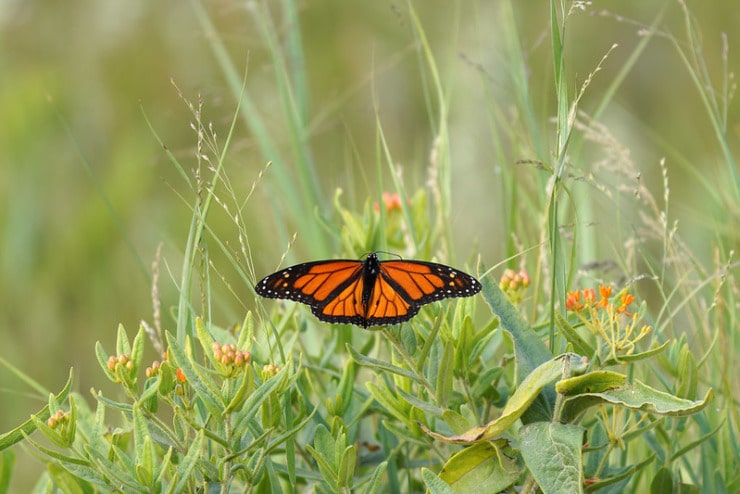
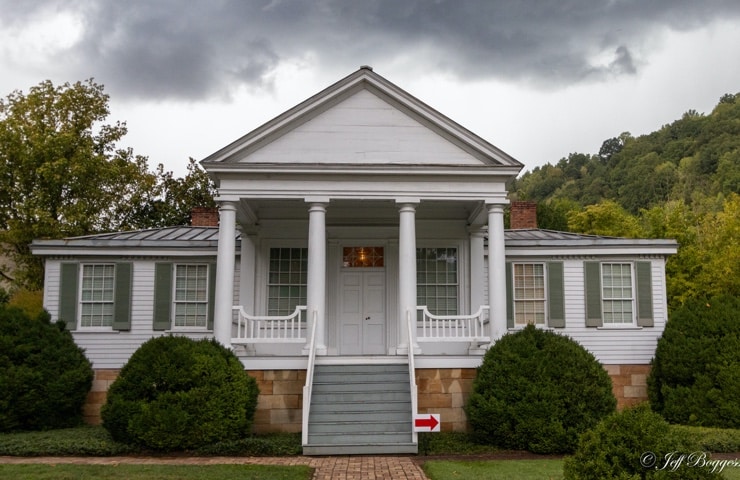
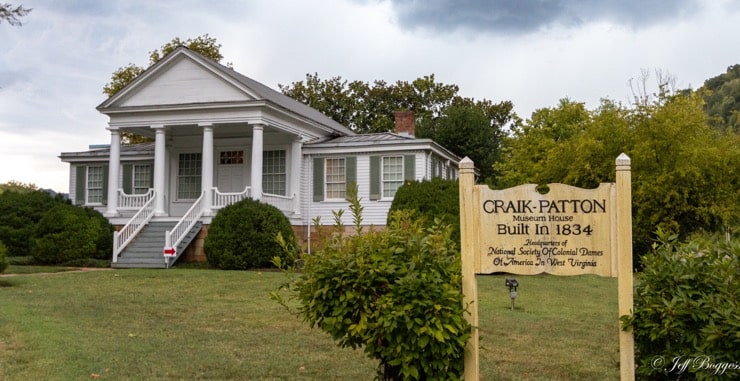
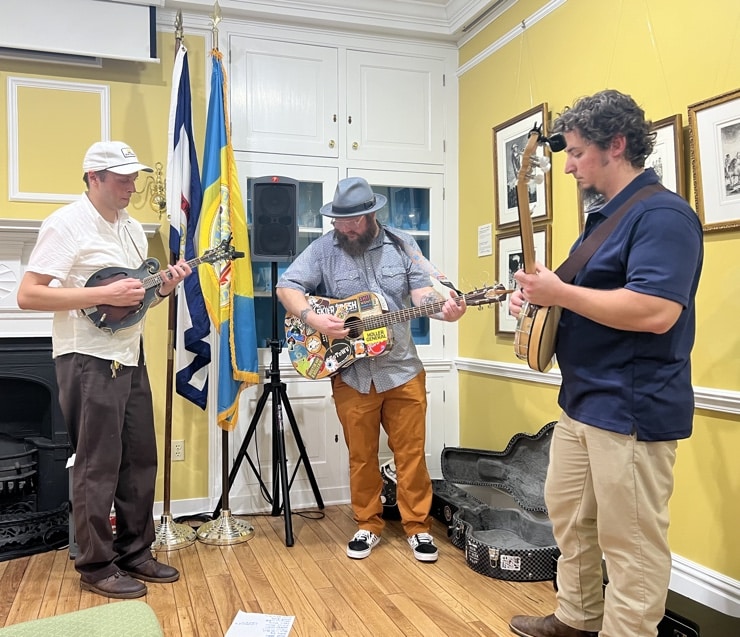
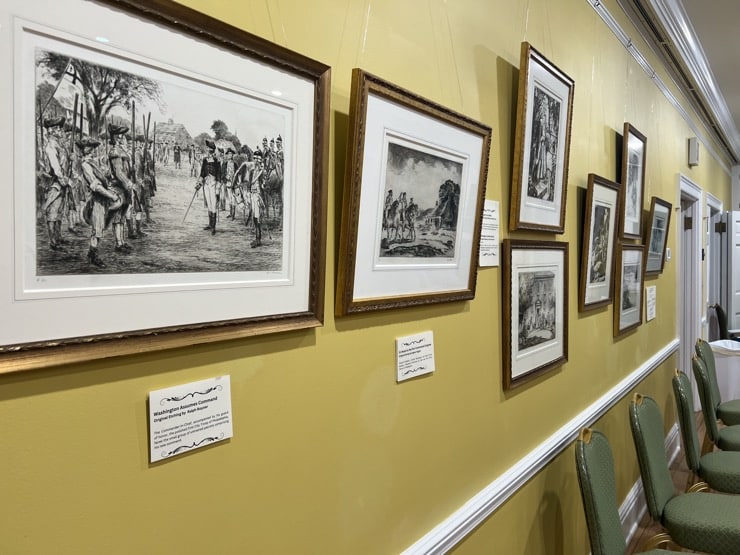
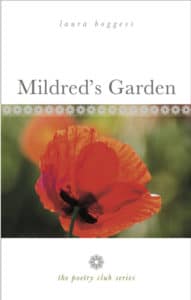
L.L. Barkat says
Oh, Laura! What an experience. I love that the monarch showed up at the moment of rain. Thank you for being part of this project. And for taking it into your very own region with your poetic participation at their party.
laura says
It has been pure joy, Laura! I hope we have been able to make a lasting impact on even just one person. Thanks for your companionship on this journey.
Dheepa R. Maturi says
I love this post, Laura! It amazes me where our attention to the monarch has led us — to places and events and introspection and people both living and past. And I truly enjoyed your poem addressed to Rev. Craik and its beautiful invitation:
“did you
ever stand in the garden
at dusk and feel your spirit
lift with the wings of a monarch,
it’s music flooding
your own soul?”
Beautiful, beautiful! Thank you so much for this!
Laura says
Thank you, Dheepa! Yes, it has been quite an adventure! I’m grateful for your company along the way.
Bethany R. says
What a magical reading, Laura. Thank you for sharing your experience with us!
Laura Boggess says
Thank you, Bethany! It turned out a little different than we thought but was still a lovely time ☺️